
About This Quiz
If you look up into the sky tonight, you'll notice the moon is likely a different shape than it was a few days ago, maybe even compared to last night. We humans have always had a profound connection to the moon. Whether it's through spirituality, guidance, studying it or simply looking up at it and taking in our place in the solar system, humans have always had a special regard for our nearest celestial neighbor.
One of the most-often thought over questions about the moon, though, is what are the phases it moves through? Unless you live under a rock, every person knows the moon changes shape over its cycle, but do you know why? Even more, do you know how the different cycles of the moon may affect life on our planet? Even more, how the sheer existence of the moon affects our planet? If you do, this quiz is for you!Â
See if you know every name of each eight phases of the moon, the various ways our moon is involved in eclipses, the different names our neighbor has with each full moon and for good measure, fun facts from different myths about it to important milestones we've shared with it.
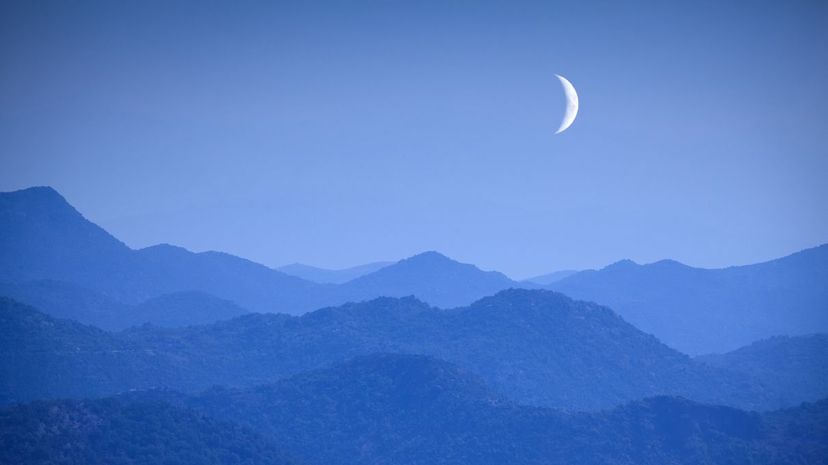
During the new-moon phase, which is also known by some as the "invisible Phase," the sun and moon are aligned, with the Earth and sun on opposite sides. During this time, the moon is actually not up at night but in fact during the day; we just can't see it!
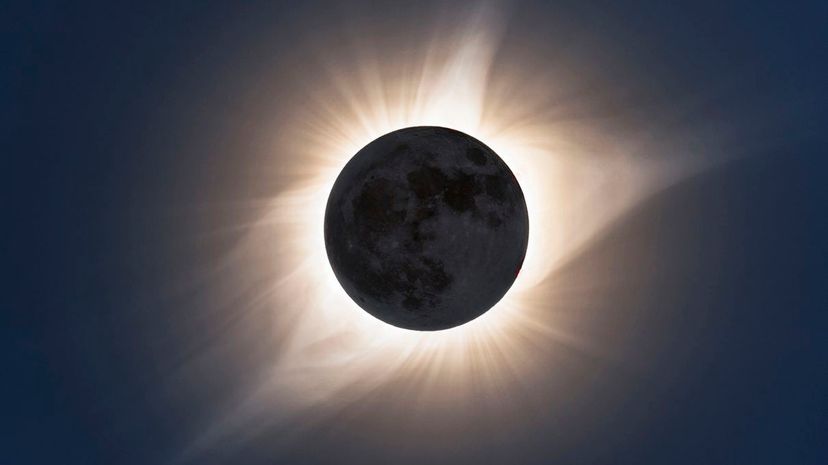
A solar eclipse happens when the Earth, moon and sun are perfectly aligned, blocking the sun out temporarily. Looking directly at a solar eclipse can damage your eyes, so be sure the next time one comes around you're checking it out safely with proper eyewear!
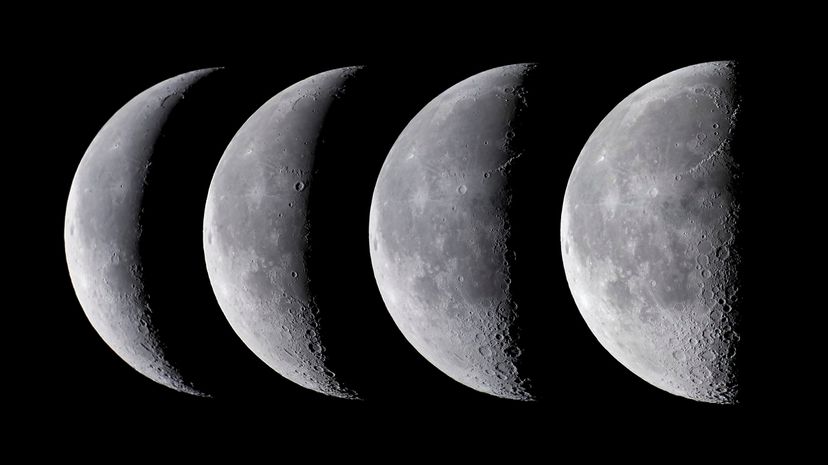
The first quarter moon gets its name from the fact that it happens one quarter into the whole cycle. The half of it that is illuminated is only visible for the first half of the evening before it sets.
Advertisement
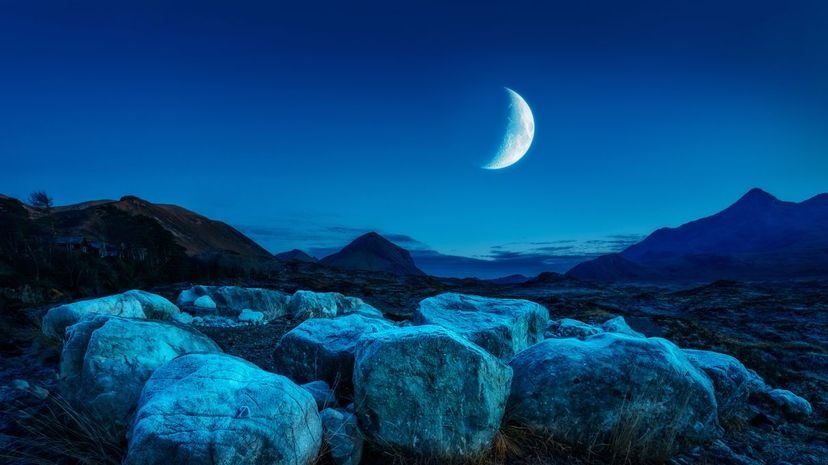
As the moon begins to grow (wax), it starts to take on a crescent shape, which will begin to show up in the sky just after the sun starts to set. You'll know its a crescent moon when the side facing the sunset is being lit up and not the other side.

The lunar calendar uses the phases and movements of the moon to measure time, which typically equals a month when accounting for new moon to new moon. The solar calendar reflects the amount of time it takes the Earth to orbit the sun as well as measures the time that passes between vernal equinoxes.

As of January 2017, new studies of lunar rocks were brought back to Earth by Apollo astronauts. Scientists who studied them have determined that the moon formed 4.5 billion years ago, which is about 60 million years after our solar system formed.
Advertisement
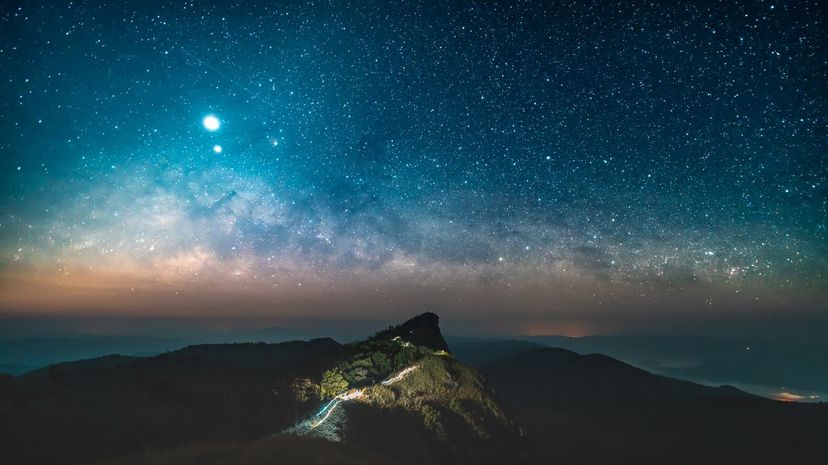
There are only two planets that can be seen from the Earth as it transits between us and the sun: Venus and Mercury are within Earth's orbit, so they can be seen. Between 2000 and 2199, there will be a total of 14 transits of Mercury, while only two transits from Venus in this whole century.
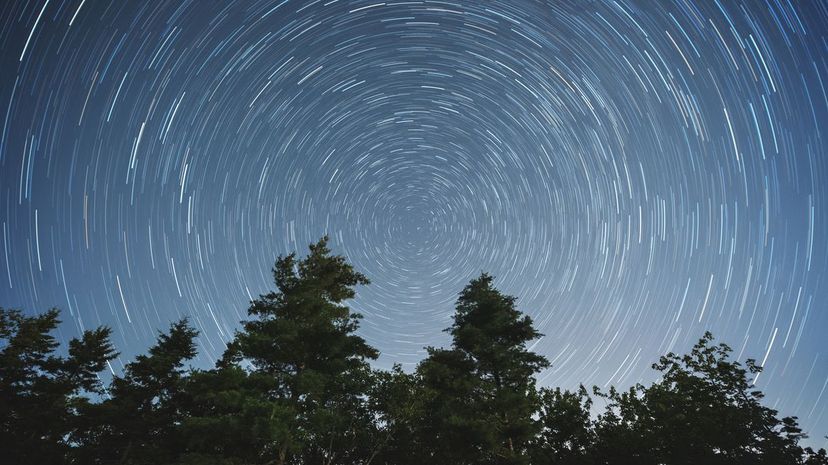
Ever since the Earth gained the moon, its spin has actually slowed down. The moon's gravitational pull acts like a "drag"; scientists have estimated that if the moon was not there, our days could actually potentially be only 8 hours long.
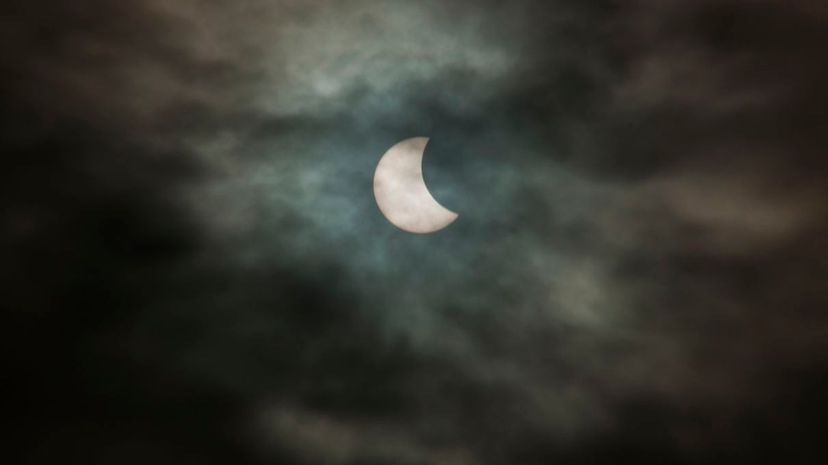
During a partial solar eclipse, the moon does come in front of the sun but does not fully cover it up. The moon's umbral shadow (the dark, central part) actually misses the Earth, with its penumbral shadow (partial shadow) cast over the Earth. This creates that "bitten" look of the sun.
Advertisement
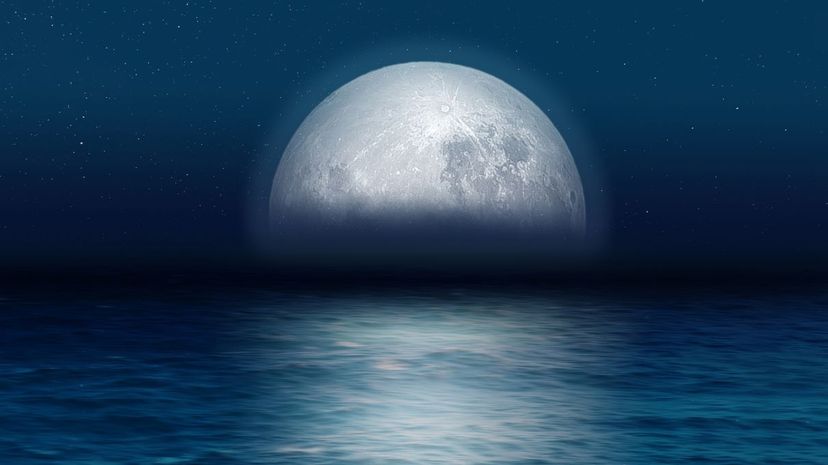
Animals who dwell in the ocean (and some lakes) typically will carry an internal "circalunar" clock. A number of them are especially responsive to the light that full moons brings; for example, corals will usually spawn around the full moon.
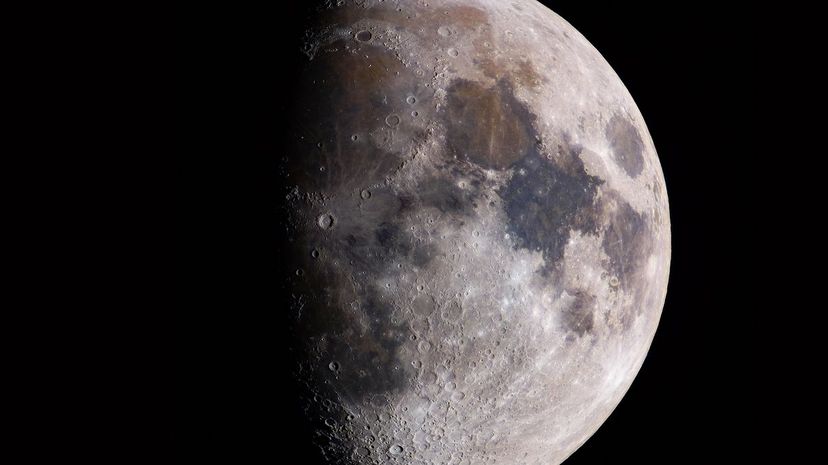
The rotation of the moon takes about the same amount of time to complete as it does to orbit the Earth (~27.3 days), so this means that its rotation and orbit are synced up, causing the same side to show to certain parts of the Earth at all times.
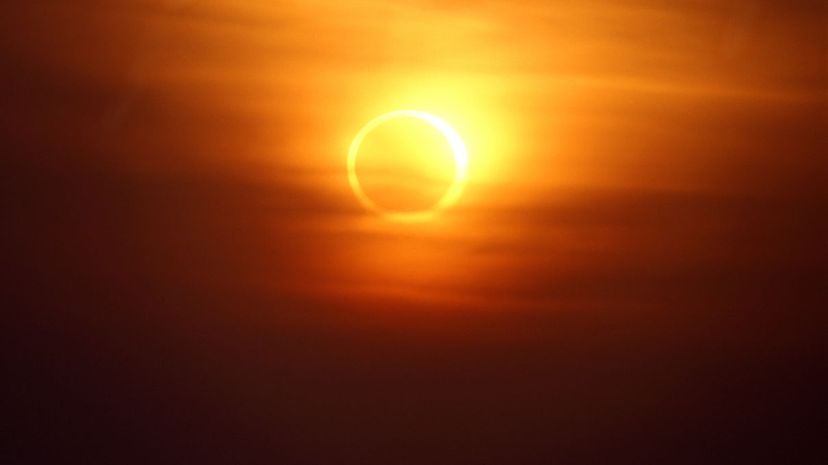
Annular solar eclipses are when the moon blocks out the sun, but the sun's light still can be seen around the moon's edge. This is a particular rare eclipse to see, but what makes solar eclipses of every type rare is that they are only visible from limited places on Earth; lunar eclipses can be seen from every location that is on the dark side of the Earth while they are happening.
Advertisement
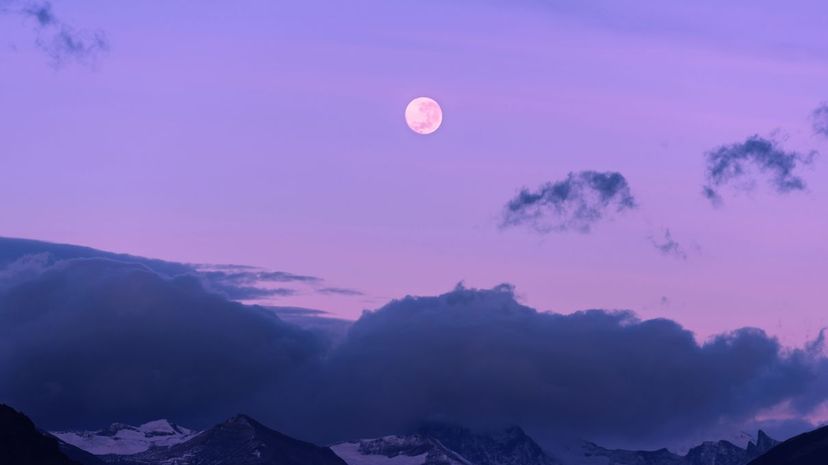
The name "Pink Moon" comes from the pink flowers, phlox, that bloom in the early spring in North America. This moon has also been called the "Sprouting Grass Moon," "Fish Moon" and "Hare Moon."
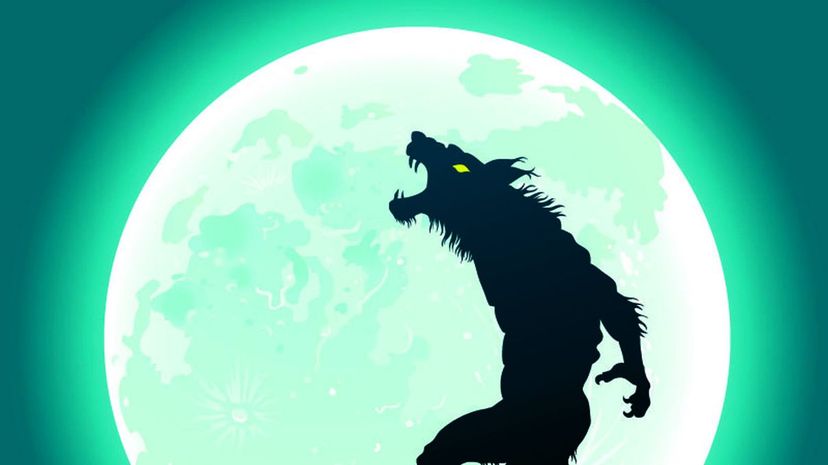
Werewolves have been a staple of mythology for thousands of years, and we have the Greeks to thank for it. "Lycanthrope" is a term that is derived from "lykanthropos," or "wolf-man." There are a number of myths that stem from Greece, all with varying factors, but it all comes from a story in Gaius Petronius' "Satyricon."
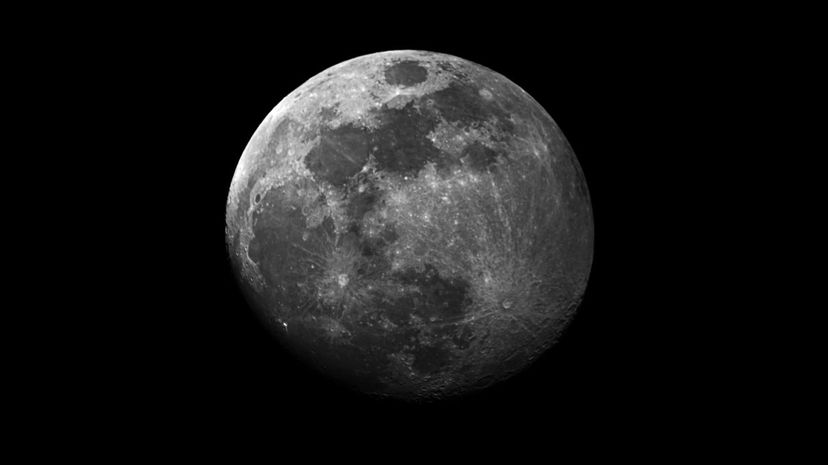
Waxing means getting bigger, while gibbous refers to the shape (greater than a semi-circle but not quite a full circle). During the phase, the moon will actually rise during the day, usually after noon.
Advertisement
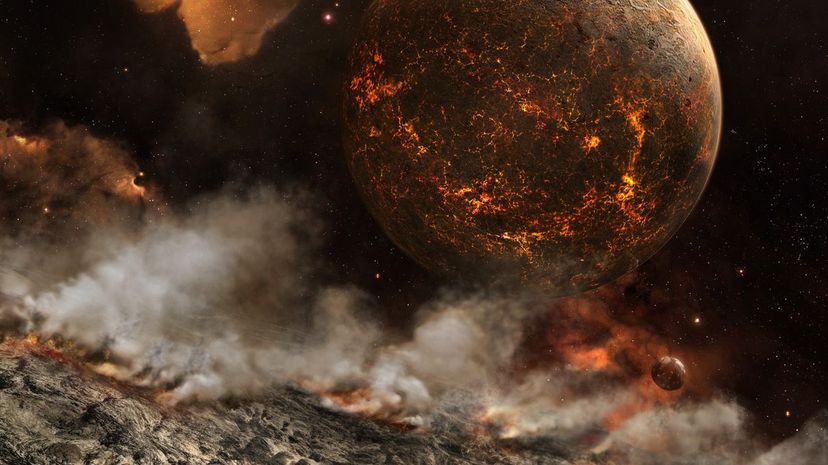
There is the "giant impact" theory that states that before the Earth had a moon, it was hit by a much larger planet. Chunks broke off from both planets, which then began to orbit the Earth. Over time, those particles banded together as they orbited and eventually formed the moon!
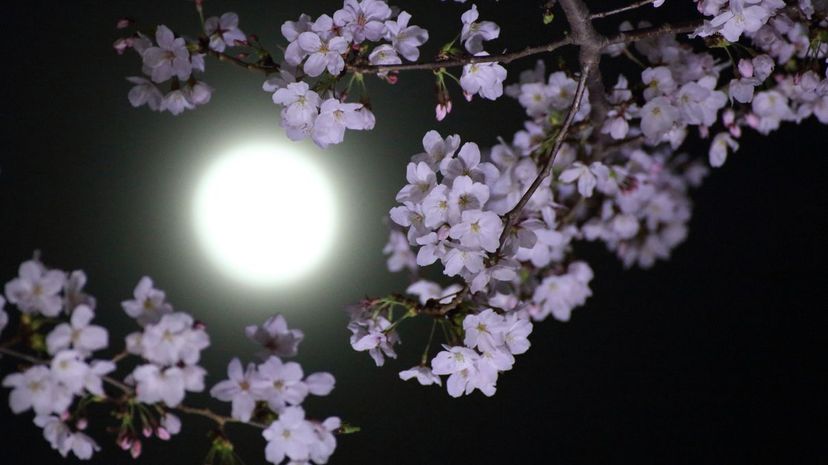
The full moon! Because its entire surface that faces us is illuminated by the sun, it shines up to 10 times brighter than it does when it is in the half-moon phase. At this level, you really can't see much else surrounding it!
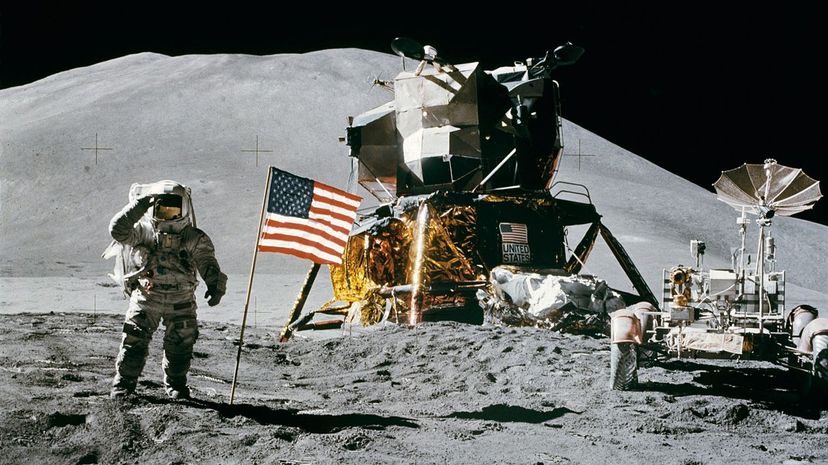
Crazy to think the 50th anniversary of the moon landing just happened this year, right? Apollo 11, carrying Commander Neil Armstrong, Command Module Pilot Michael Collins and Lunar Module Pilot Buzz Aldrin took off from Cape Kennedy on July 16th and landed four days later on the moon!
Advertisement
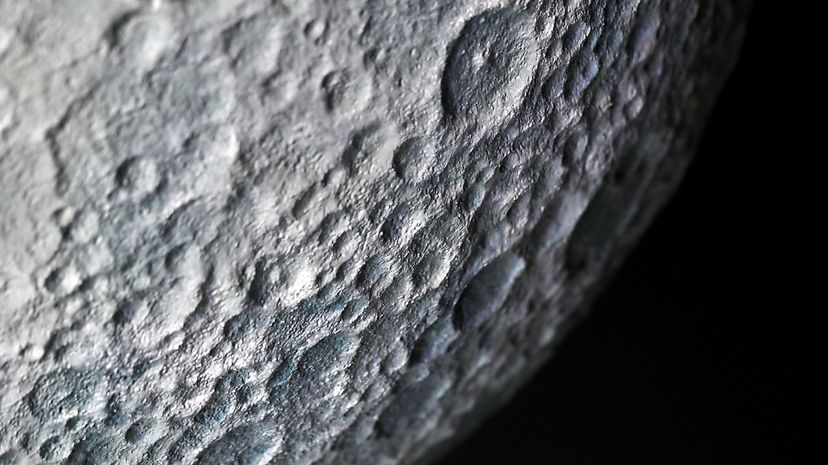
Just like our own planet, people used to think very differently of our celestial neighbor. Until Galileo peered at it through a telescope, people thought the moon's surface was completely smooth.
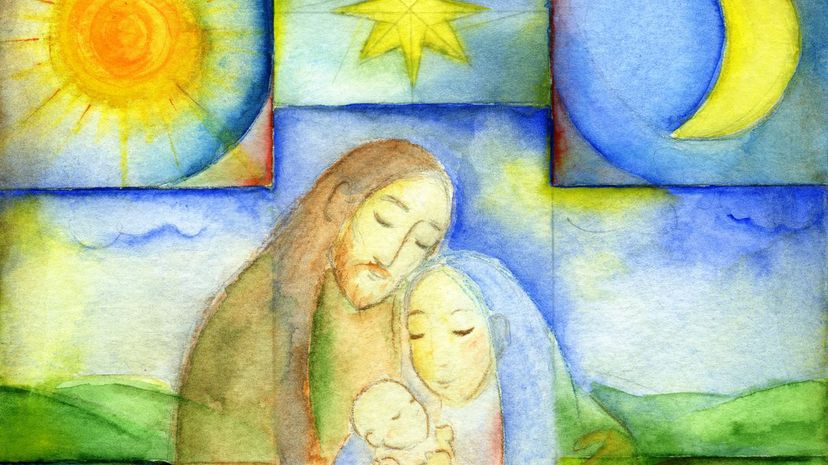
The fact that a woman's menstrual cycle and the moon cycle are both roughly 28 days long is purely coincidence. Still, this did not stop a number of female deities popping up all around the world (e.g., the Chinese goddess Chang'e) with the belief that the moon's cycle determined when a woman would become pregnant.
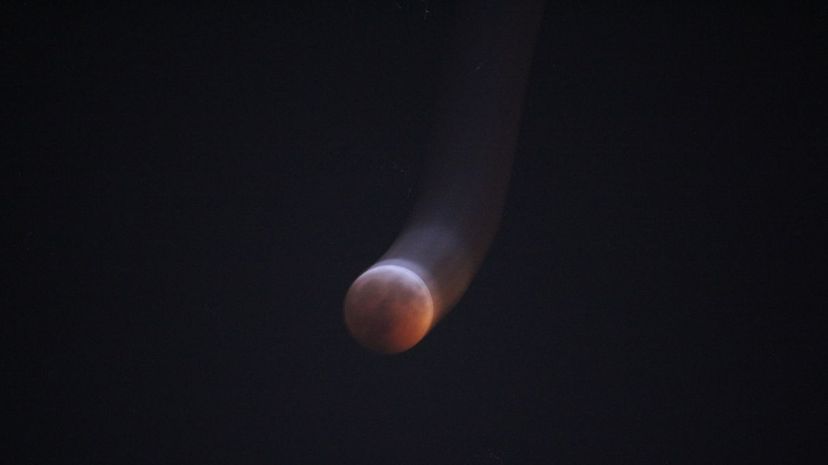
It typically takes the moon 28 days on average to make its full orbit around the Earth. This is not an easy journey for it, though, because of the Earth's own orbit around the sun.
Advertisement
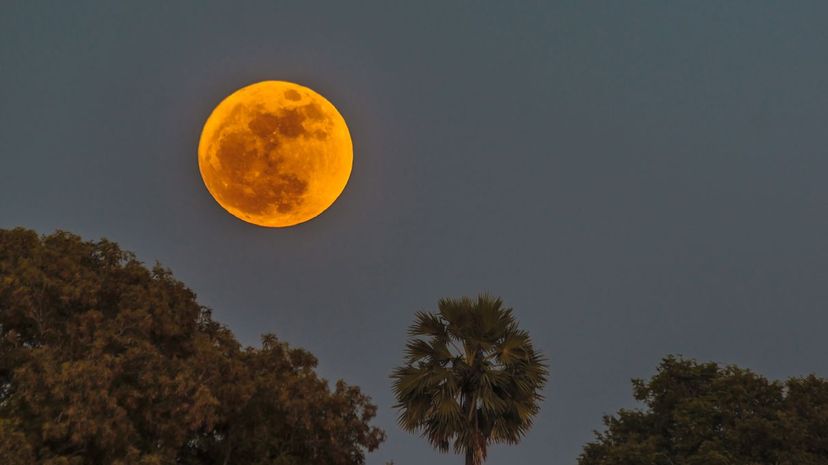
On occasion, the moon's orbit will bring it closer to the Earth during a full moon, making it appear larger than usual in the sky. Still, that visual difference will not be incredibly noticeable; as Neil deGrasse Tyson has pointed out, the difference between a regular full moon and super moon is like looking at the difference between a 16-inch pizza and 16.1-inch pizza.
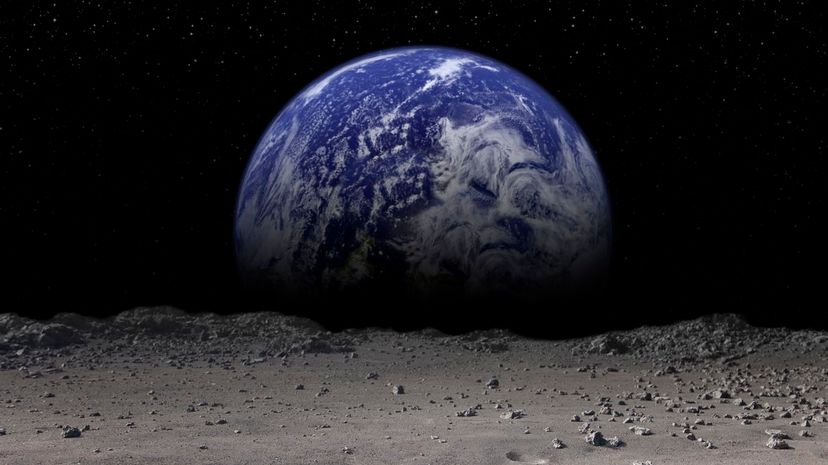
240,000 miles (386,400 kilometers) is the closest approximation of the distance from the Earth to the moon. That distance can vary slightly depending on the route that a spacecraft will take to get there. Still, that trip usually takes about three days to reach the moon from taking off on Earth.
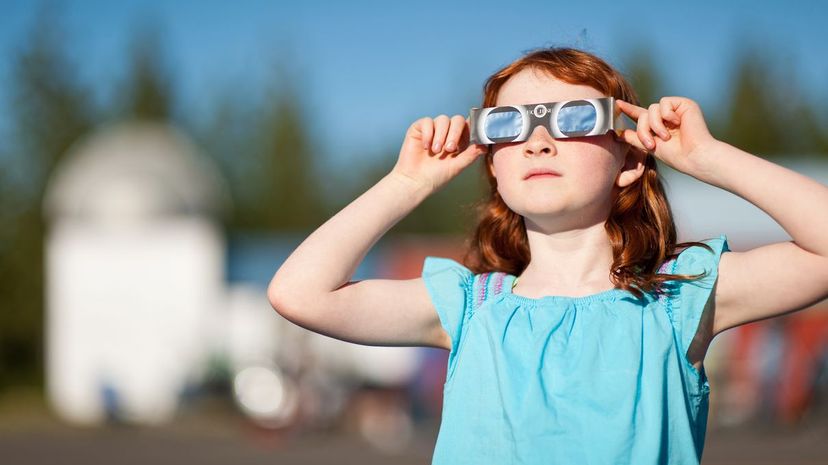
A hybrid solar eclipse is an extremely rare event, due to it actually being two eclipses in one. While one side will see a total eclipse, or blocking of the sun, the other side will see an annular eclipse, which will be a majority of the sun being blocked out, with a bright circle of light still shining around the moon.
Advertisement
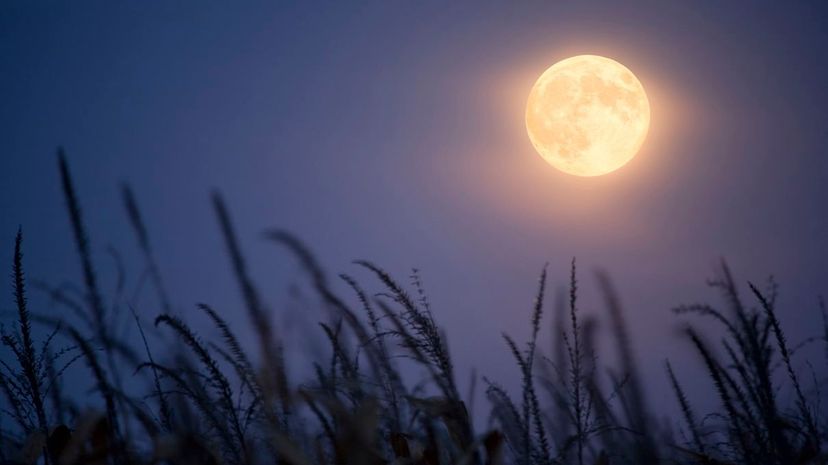
Every three years, the Harvest Moon (which is the full moon that appears closest to the September equinox around the 22nd) is referred to as the Hunter's Moon. This name comes from people previously preparing for the winter months during the month of October by hunting and preserving meats to live off of.
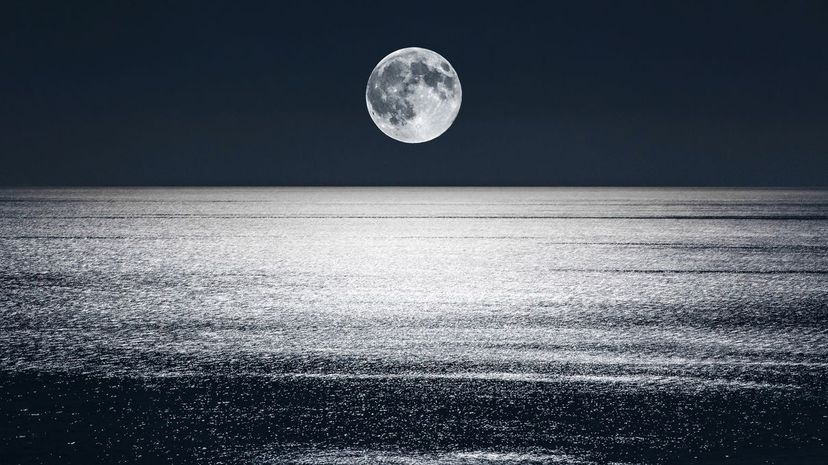
The tidal force is what gives us high tide and low tide, making the moon the most significant contributor to the tides on our planet. The moon's gravitational pull forces the water on Earth to "bulge out" in areas closest to and farthest from the moon, which are high tides.
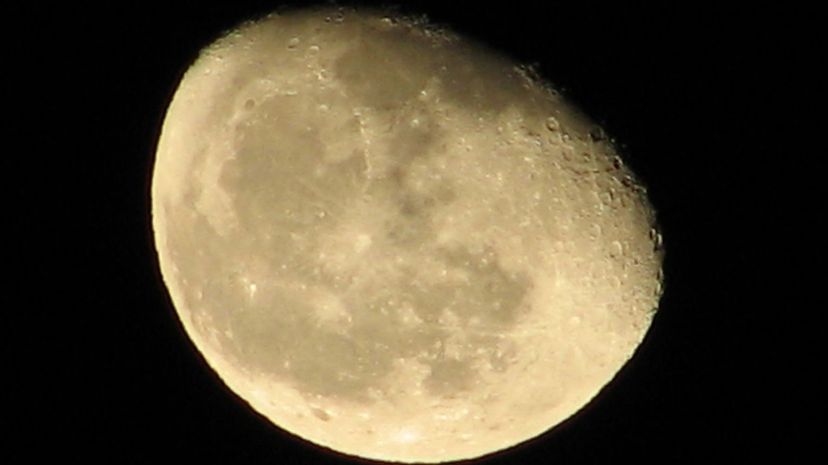
Right after the full moon, its perfect roundness begins to wane, or get smaller. During this time, we start to see less and less of the moon in the night sky but can still spot it in the early morning.
Advertisement
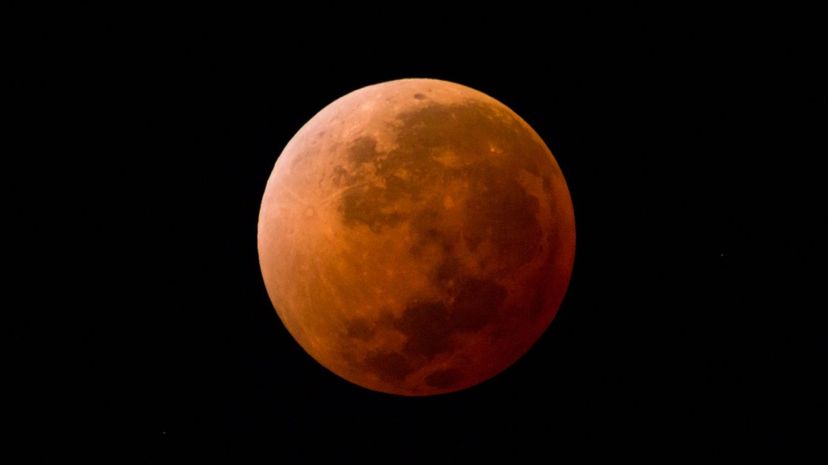
There are two things that must happen in order for a lunar eclipse to happen: 1. The Earth, moon, and sun must be in perfect alignment; 2. There must be a full moon. The next total lunar eclipse won't happen until December 14, 2020.
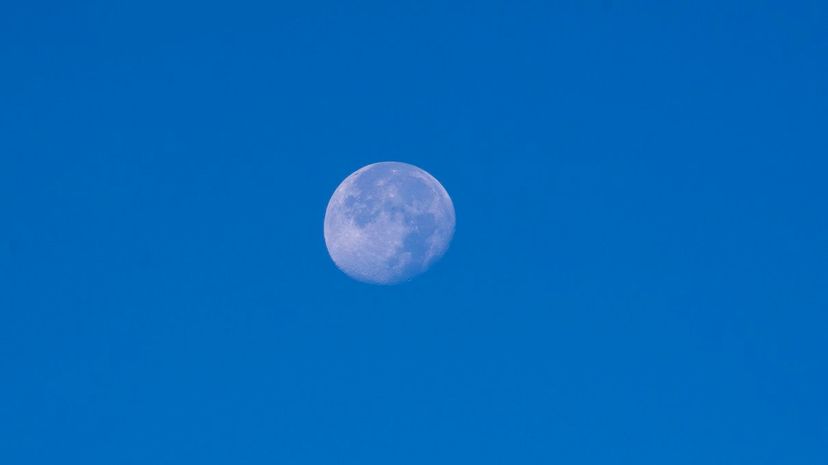
Some years will have 13 full moons, making one of them quite rare as it doesn't fit in with the lunar calendar or the Full Moon naming system. On the flip side, every so often (roughly every 19 years) February will not actually have a full moon, which is referred to as the "Black Moon."
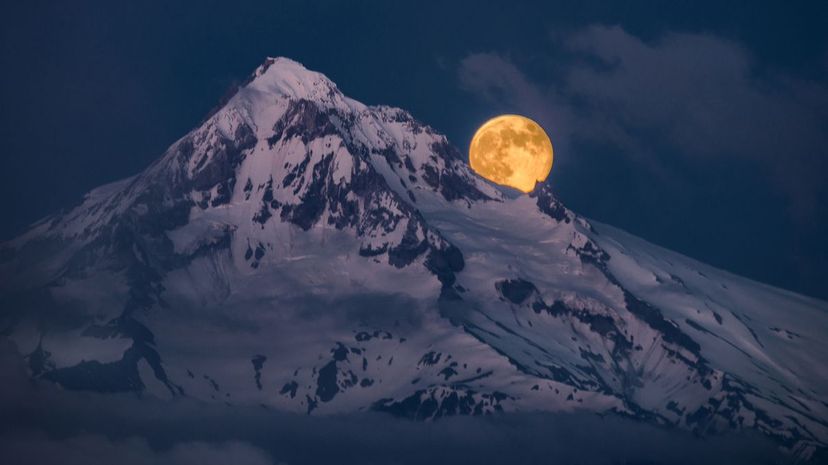
For most of the northern hemisphere, December is when winter officially starts, so the full moon that appears during this month is quite literally named for the cold temperatures that set in. It is also known by some as the "Long Nights Moon" and "Moon Before Yule."
Advertisement
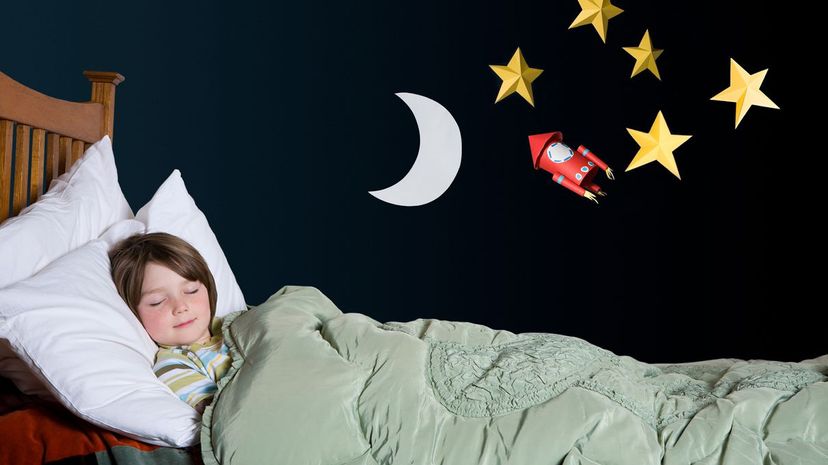
In a 2013 study published in "Current Biology," sleep patterns were analyzed in conjunction with the moon phases. Participants were cut off from clocks and outside light; researchers found that during the bright moon phases participants had less melatonin levels, took 5 minutes longer to fall asleep and on average were asleep for 20 minutes less compared to those who were tested during dark phases.
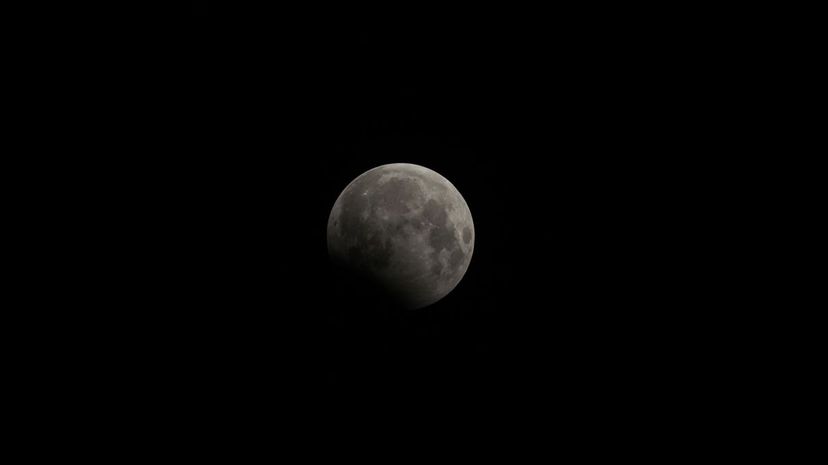
During the last quarter of the moon, the left side is lit up, but most of us won't see it in the sky during the time. It will typically rise at midnight and set during the early morning, so many of us can easily miss this phase.
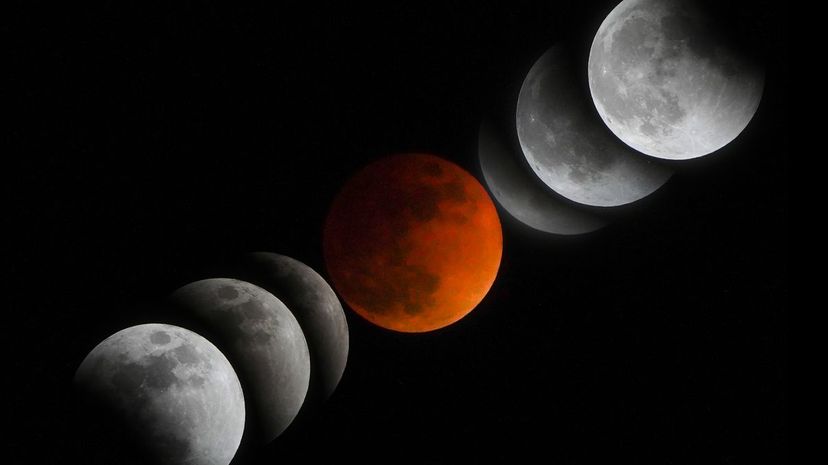
This is one of the more striking eclipses we can view, due to the red color that illuminates the moon as it passes through the Earth's shadow. The most recent total lunar eclipse was in January 2019, which was called a "Super Blood Wolf Moon." The Wolf Moon is what January's full moon is also referred to as.
Advertisement
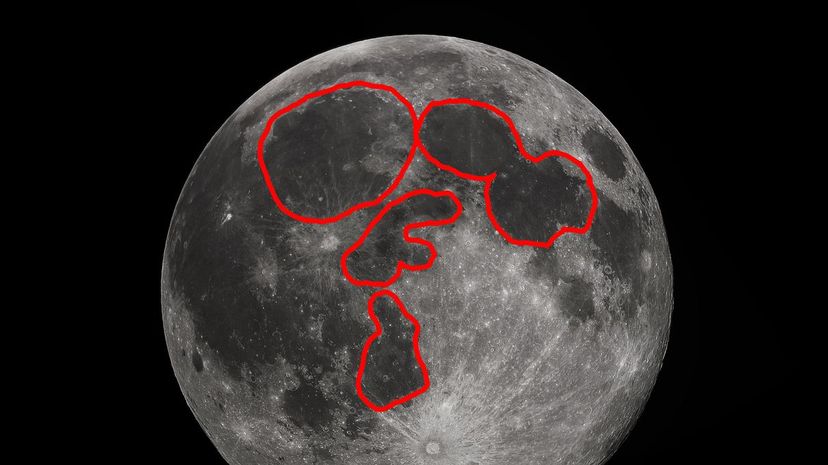
Bright lunar highlands and dark maria (which is Latin for "seas") make what naked eyes see as the "man on the moon." With a telescope, we can better see that these are scars from the moon being hit by various objects like meteoroids.
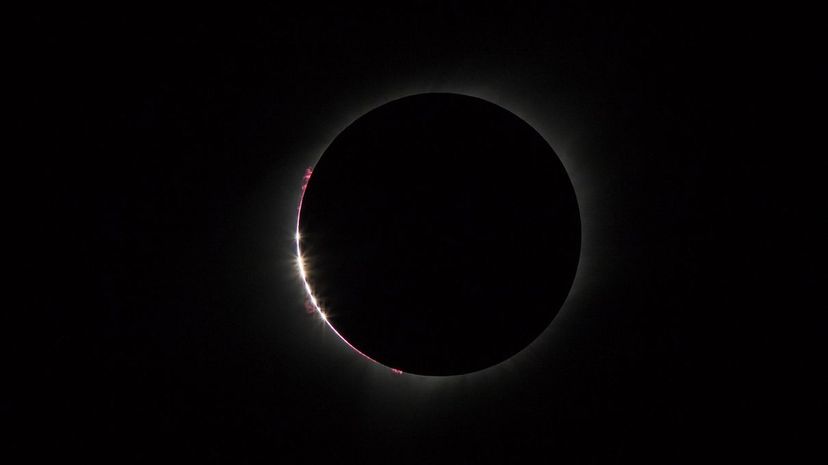
During a partial lunar eclipse, part of the moon is visible to us, while the remaining part is in complete darkness. This is because the Earth, moon and sun are not in straight alignment, so that part of the moon we can't see is in the darkest part of the Earth's shadow, the umbra.
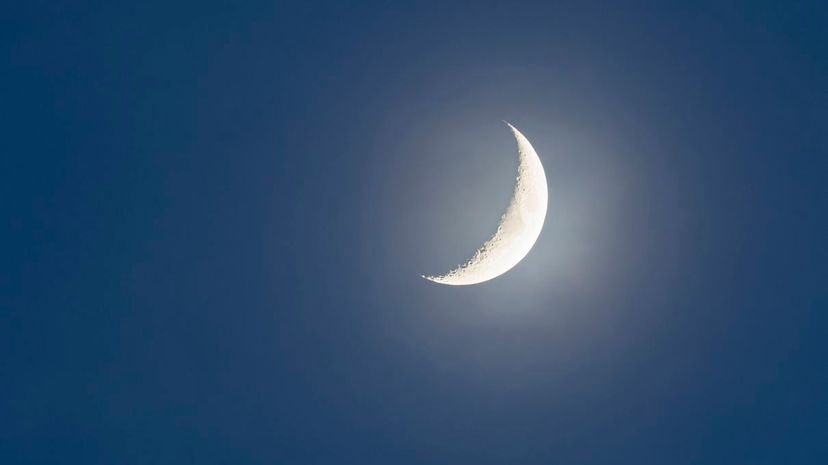
Before the moon starts anew, it goes through the waning crescent phase. This is when it begins to steadily shrink, and we see the side of it facing away from the sunset illuminated. Once it has nearly completely disappeared, we can expect the new moon shortly thereafter and the start of a new cycle.
Advertisement